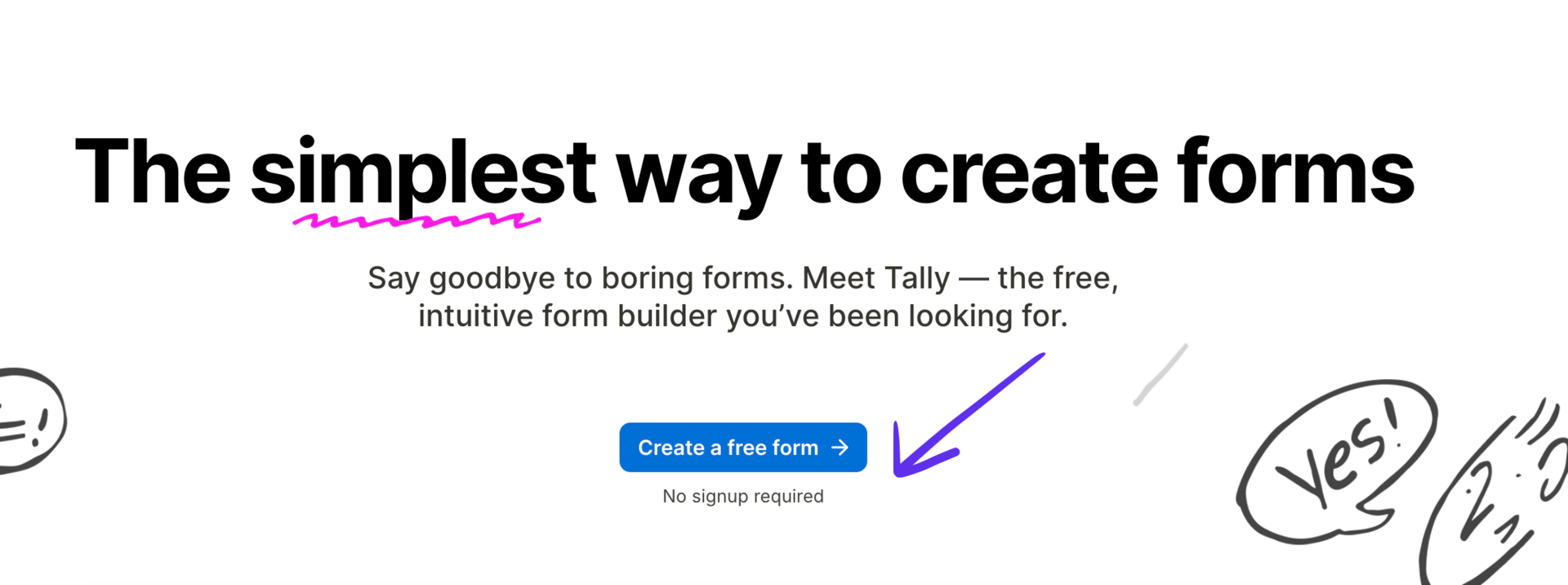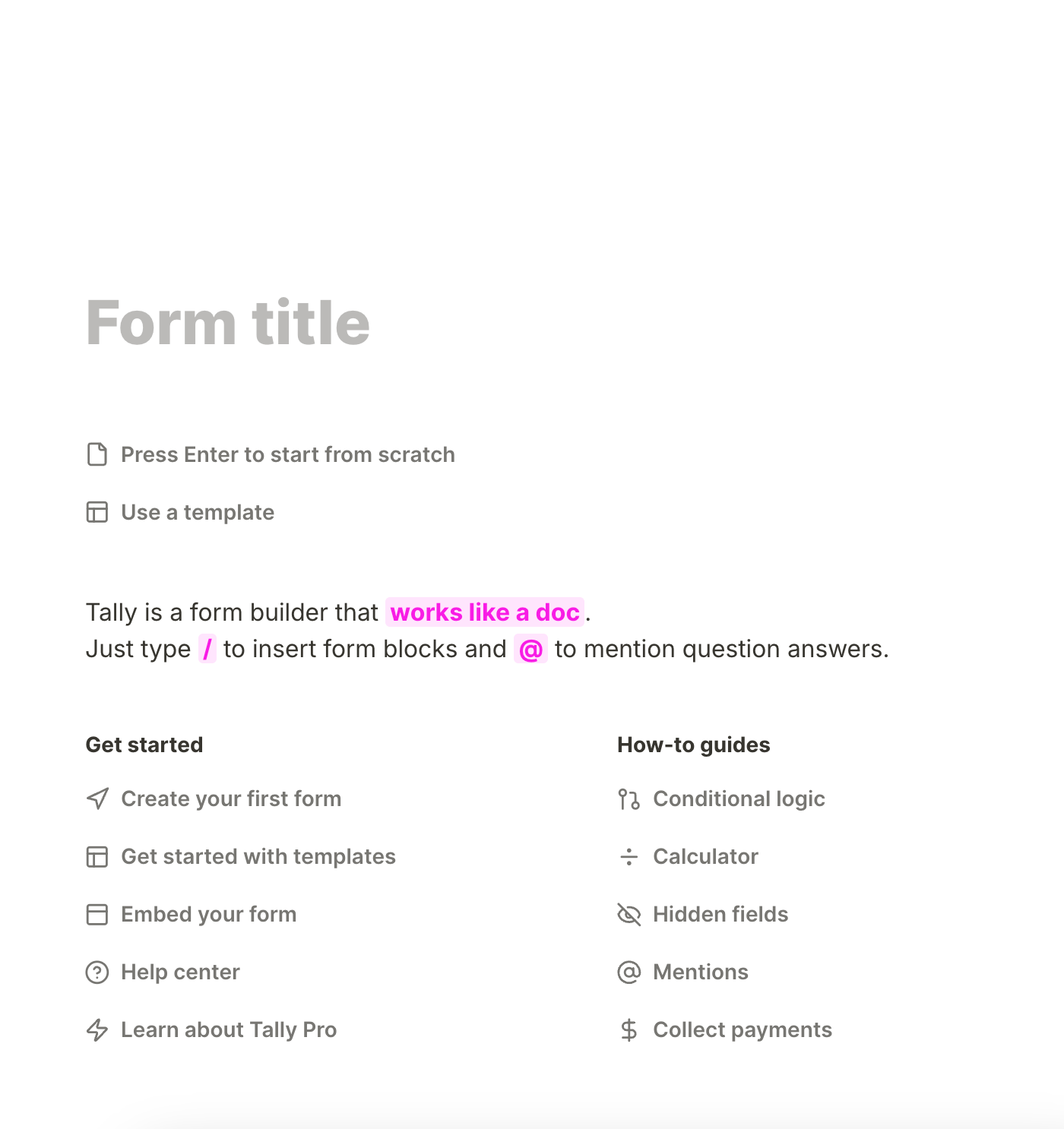Whenever I fly to Europe or Russia, I always stop in Istanbul.
It’s a little ritual I’ve built over the years. Long layover, one night at the Radisson, spa if I have time.
But, come on, the real reason I keep coming back?
The breakfast buffet.
We're talking lentil soup, fresh simit, Turkish honeycomb, olives, five kinds of cheese, baklava at 9 a.m. It’s incredible.
Every time I walk in, I feel this buzz — I want everything.
But I also know I can't. I only have one plate.
So I start circling.
Should I go sweet or savory?
Bread or protein?
Will soup make me too full?
I stand there trying to make the right first move.
And five minutes later, I’m sitting with a cup of coffee and nothing else.
I didn’t lose my appetite.
I lost momentum.
That’s what too many options can do.
They turn excitement into hesitation.
And that’s exactly what happens in SaaS.
Finally, a powerful CRM—made simple.
Attio is the AI-native CRM built to scale your company from seed stage to category leader. Powerful, flexible, and intuitive to use, Attio is the CRM for the next-generation of teams.
Sync your email and calendar, and Attio instantly builds your CRM—enriching every company, contact, and interaction with actionable insights in seconds.
With Attio, AI isn’t just a feature—it’s the foundation.
Instantly find and route leads with research agents
Get real-time AI insights during customer conversations
Build AI automations for your most complex workflows
Join fast growing teams like Flatfile, Replicate, Modal, and more.
Hick’s Law
The more options people see, the longer it takes to decide — and at some point, they give up instead.
It’s a classic behavioral pattern, known as Hick’s Law:
Decision time increases with the number of choices.
But here’s the twist in digital products:
The more powerful or flexible your tool is, the more likely you are to trigger it.
Because you’re not just offering features.
You’re asking people to choose how to begin — and most don’t know.

How we are making it worse by trying to make it better
Teams try to impress.
So they show everything at once.
They think: “If we hide stuff, users won’t know what’s possible.”
But that’s not how people learn. Or commit.
A user signs up, curious and motivated.
But instead of a guided start, they see:
– a dozen templates
– five possible use cases
– an empty dashboard full of widgets they have to configure
– a nav bar packed with features they don’t understand yet
So they hesitate.
They think: “Let me explore a bit before I commit.”
But exploring turns into skimming.
Skimming turns into “I’ll come back to this later.”
And they don’t.
📉 In a 2023 study by Wyzowl, 8 in 10 users said they’ve deleted an app or left a tool because onboarding felt too confusing or slow.
Here’s a move you can steal from Tally to make it right
Look at Tally.
When you create a form, you’re not asked to pick a layout, theme, goal, or user type.
You just start typing. The form is the canvas.
It’s frictionless, but not open-ended. You don’t need to choose — you just begin.
That’s the difference.
Users don’t need to see everything.
They need to want something. And that only happens when the choice feels manageable.


3 steps to break this pattern next week
✨ Collapse the number of visible options at the start.
Don’t show 12 templates — show 1 recommendation, and a quiet link to explore more.
✨ Don’t force a big choice upfront.
Let users do something small, fast, and successful — then nudge them to expand.
✨ Offer one safe default.
Even if it’s not “optimal,” it gives people a way to begin.

If you forget everything, remember this:
The more you show, the less they feel.
Clarity doesn’t come from options — it comes from direction.



